Click here for free, printer-friendly "plant parts" worksheet (1st- 2nd grade).
Life Cycle of a Plant

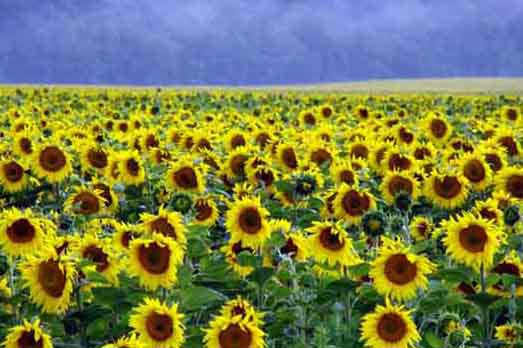
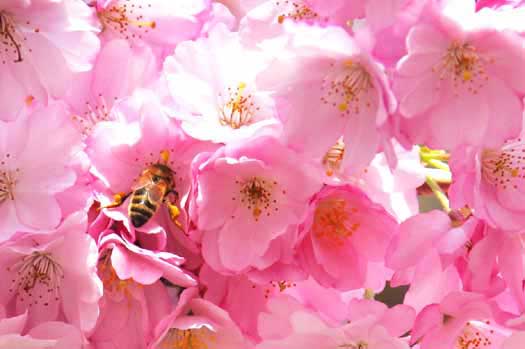
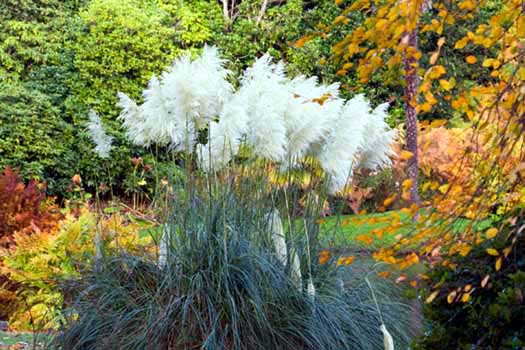
What are plants?
Plants are organisms that belong to the plant kingdom comprising of trees, bushes, shrubs, grasses, vines, mosses, ferns and green
algae. While most plants grow on the land, many thrive in the water as well. Plants lie at the base of almost all food chains and are the
most important constituent of the Earth's biosphere. There are around 350,000 species of plants.
Plants have three main parts— roots, stems, and leaves.
Roots usually grow underground and absorb minerals and water from the soil and transport it to the stem. They also anchor the
plant in the soil and hold the plant upright. Roots also store food and propagate.
The stem supports the plant and transports water and nutrients from the roots upwards to all other parts of the plant. They also
transport the food from the leaves downwards to the roots.
Leaves manufacture food for the plants. Leaves are usually green and contain a substance called chlorophyll. The process of preparing food with the help of sunlight and chlorophyll is called
photosynthesis. Photosynthesis is the process by which carbon dioxide and water in the presence of sunlight and chlorophyll is
converted into sugar and oxygen.
Plants are living things. Plants need water, light, nutrients, and air to grow and survive. Like other living things, plants also are capable of
movement. Plants will move toward a light source. A dramatic example is the sunflower. The flower head of a young sunflower tracks
the arc of the sun as it moves across the sky to receive the sunlight it needs for photosynthesis.
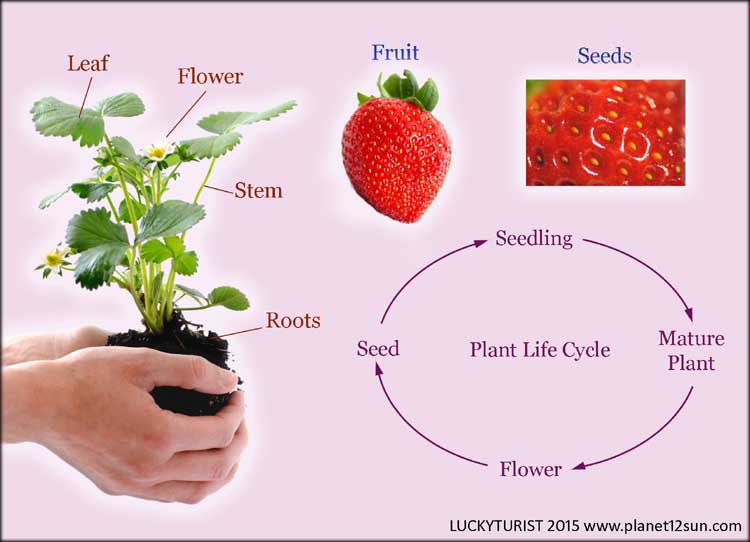
How Do Plants Reproduce?
Plants reproduce in a variety of ways. Flowering plants reproduce through pollination. Pollen is transferred from the male part of the
plant to the female part of a flower on the same or a different plant. After pollination, the plant produces seeds. Inside the tough, outer
coating of each seed is a baby plant and the food that it needs to grow. With water and the right temperature, a seed will grow or
germinate.
Pollen can be dispersed by water and wind. Most plants, however, depend on insects, birds, bats, and other organisms to move pollen
from place to place. Insects and other animals are attracted to flowers by the color of petals, fragrance of the flower, or nectar
produced in the flower. As animals sip nectar, their bodies brush up against the pollen and it clings to them. It is then spread when the
animals move around the flower or visit other flowers.
Some plants can reproduce without pollination. New plants can grow from runners or pieces of the plant, bulbs, rhizomes, or
tubers.
There are also types of plants, like ferns and mosses, that do not produce seeds. They produce a different type of reproductive cells
called spores.

The Plant Life Cycle
The plant life cycle begins with a seed. The seed will sprout and produce a tiny, immature plant called a seedling. The
seedling will grow to adulthood and form a mature plant. Once pollinated, the mature plant will reproduce by forming new seeds
which will begin the next life cycle. Some plants protect the seeds inside a fruit that houses the seeds until they are ready.
Difference Between Annual and Perennial Plants.
Annuals complete their life cycle within a year, while perennials live for 3 or more years. A third classification, biennial plants, refers to
plants with a two-year life cycle.
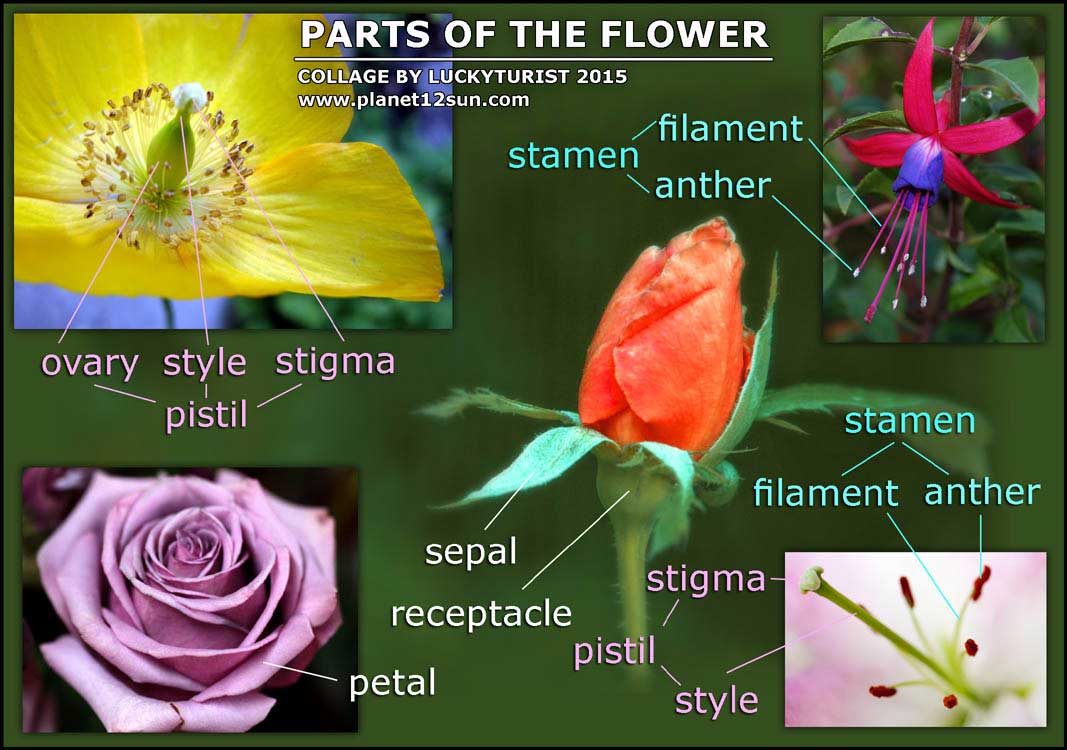
5 Parts of a Flower
A flower is a part of a plant. Flowers are also called the bloom or blossom of a plant. The important parts of a flower and their specific functions are described below:
| Flower Part | What the Flower Part Does |
|---|---|
| Stamen | The stamen is the male part of the flower. It produces pollen which fertilizes the immature seeds. |
| Pistil | The pistil is the female part of the flower. It contains the immature seeds. After the immature seeds are fertilized they become the seeds which produce the next cycle of plants. |
| Petal | Many flowers have petals which have bright colors to attract insects. The insects carry pollen which fertilizes the immature seeds. |
| Sepal | The sepals appear like small green leaves. They are protective structures used when the flower is not completely developed in the bud stage. |
| Receptacle | The receptacle supports the flower on the end of the stalk. |